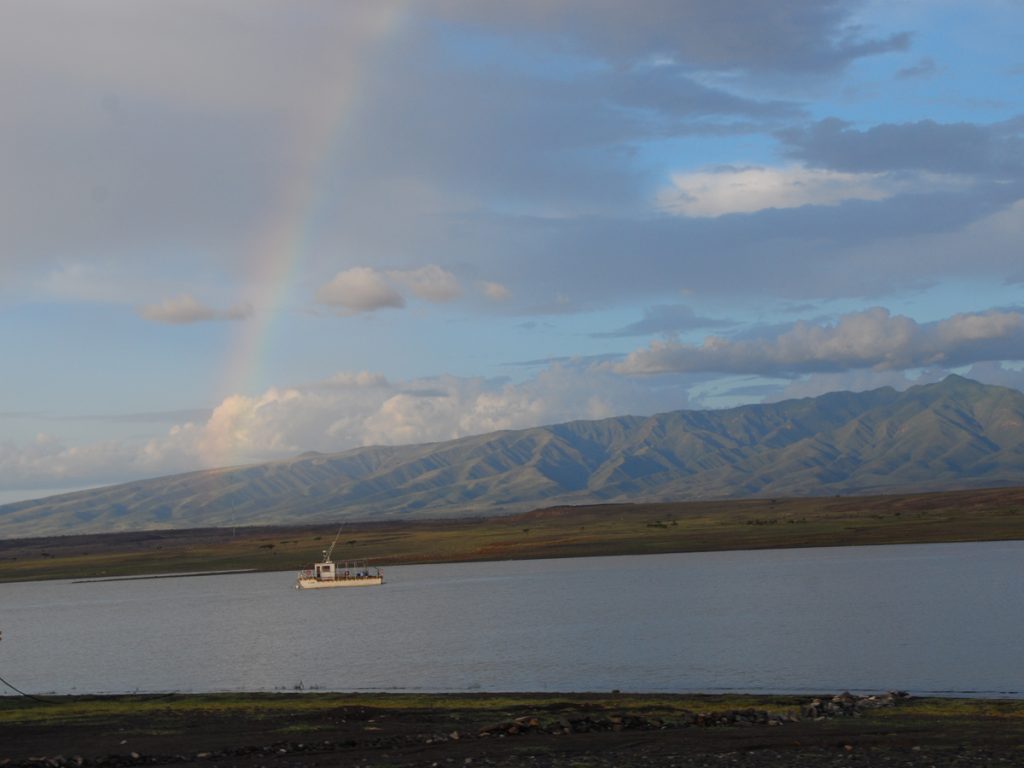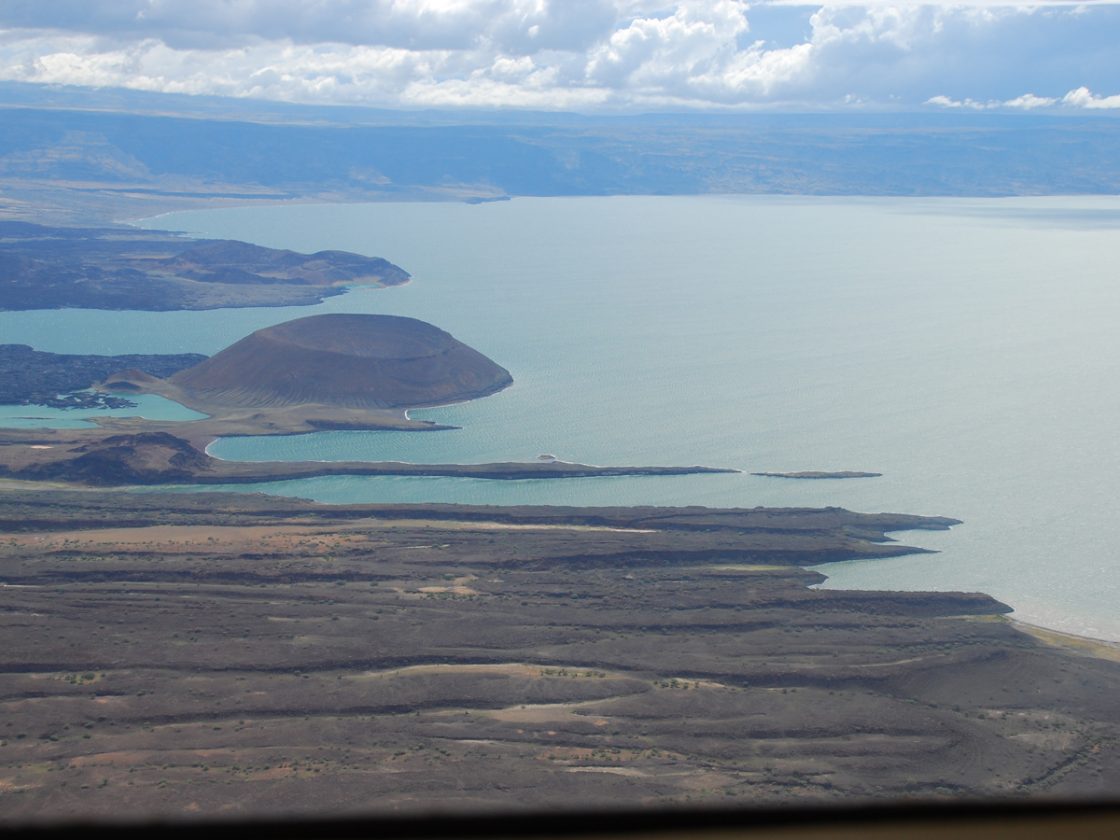Lake Turkana in northern Kenya is often called the cradle of humankind. Home to some of the earliest hominids, its fossil-rich basin has helped scientists piece together the story of human evolution. Now, researchers from Syracuse University and the University of Auckland are revealing that the lake’s geologic history may be just as significant as its anthropological one.
Their findings, published in Scientific Reports, show that climate-driven changes in lake levels have influenced fault activity and magma production in the East African Rift Valley—challenging the long-held belief that continental rifting is governed solely by solid Earth processes.
“Continental break-up [‘rifting’] is generally thought of as a process fundamentally rooted in plate tectonics,” says Chris Scholz, professor of Earth sciences in the College of Arts and Sciences and co-author of the study. “Our research shows that rifting is also shaped by surface processes, including regional climate.”
Lead author James Muirhead, senior lecturer at the University of Auckland, emphasizes the study’s implications for understanding human evolution. “This work reveals a complex environmental backdrop to the landscape occupied by early hominids, early modern humans and recent members of our species,” says Muirhead, who conducted much of the research and analysis as a postdoctoral associate in Scholz’s lab at Syracuse.
Climate and the Crust

Lake Turkana’s formation is a story of tectonic forces, volcanic eruptions and climate shifts. Around 2.2–2.0 million years ago, volcanic activity blocked the basin’s natural outlet, forming Lake Lorenyang, which eventually evolved into Lake Turkana. Over millennia, fluctuating climate patterns caused dramatic changes in lake levels—sometimes rising over 350 feet higher than today. These changes, the researchers found, had a profound effect on the Earth’s crust.
“Water levels in Lake Turkana reflect regional ‘hydroclimate’, and during wetter intervals approximately 9,600-5,300 years ago, the lake was hundreds of feet higher than today,” Scholz says. “We found that faults slipped faster and that more magma was produced under the regional volcanoes when the lake was lower.”
According to Muirhead, this is because during drier periods with lower lake levels, less water weight presses down on the Earth’s surface, reducing pressure in the crust. “These pressure changes lead to increased melting in hot regions deep in the Earth and also make faulting or earthquakes more likely to occur,” he says.
Fieldwork in the Rift
Researchers in Syracuse’s Department of Earth and Environmental Sciences (EES) conducted fieldwork in Turkana—an extremely challenging environment. “The conditions on Lake Turkana in the northern part of the Kenya Rift were among the most challenging our team has encountered anywhere in the world,” says Scholz. “The lake is the largest in the world in a desert, is in one of the windiest places in Africa and is extremely remote.”

The team transported their research vessels overland to Lake Turkana and carried out surveys and sampling with meticulous care, as there are no coast guard or marine rescue operations available on the lake. Despite the logistical hurdles, their efforts paid off: they successfully collected subsurface data across 27 faults below the lake. These high-resolution fault scans, Muirhead says, provide “arguably the best estimates on fault activity rates over the past 10,000 years of any rift basin in the East African Rift System.”
The data revealed that fault lines moved faster and more magma was produced during drier periods when lake levels were lower. This finding aligns with similar studies in places like Iceland and the western United States, where the loss of glacial ice weighing down the Earth’s surface has been linked to increased tectonic activity.
“What was surprising was just how much the rate of faulting can change due to just a few hundred meters of lake level change,” Muirhead says. “This is likely because rock melting and the generation of magma below the rift further enhances the tectonic response to these lake level changes.”
Building a Safer Future
By revealing the deep connections between climate and tectonic activity, the team’s research is helping to reshape how scientists—and policymakers—think about Earth’s dynamic systems. As climate change continues to unfold, understanding these connections will be critical for building resilient communities and preparing for the geologic challenges of tomorrow.


